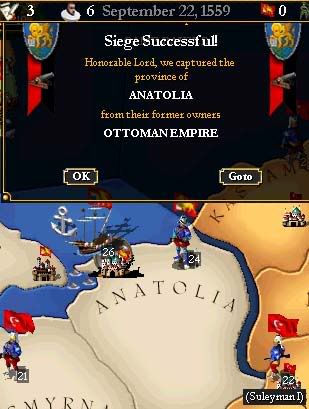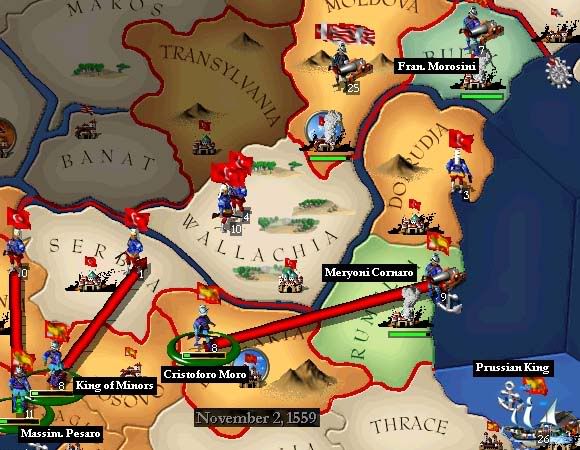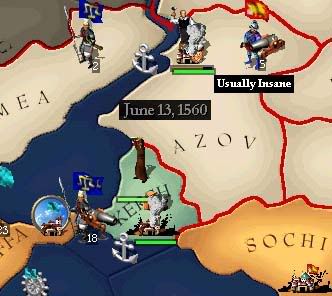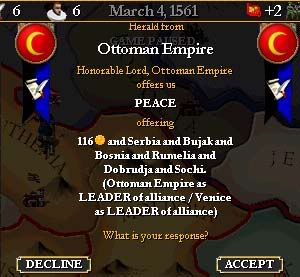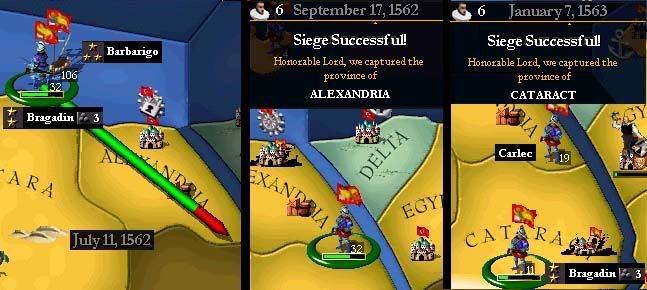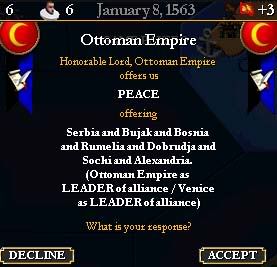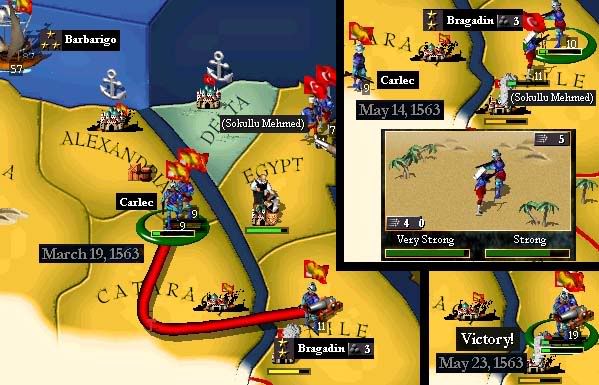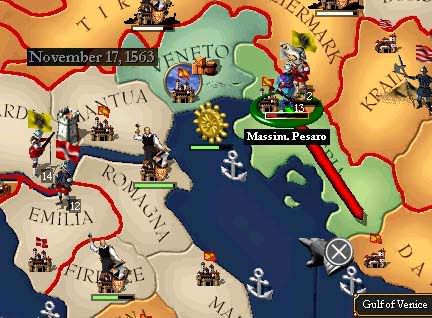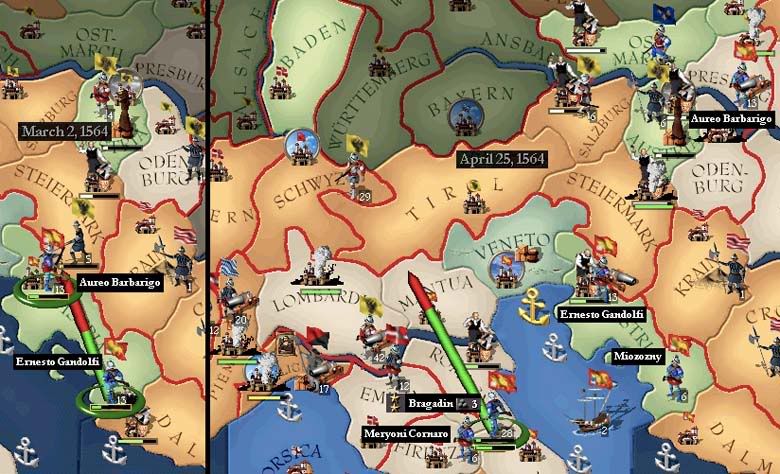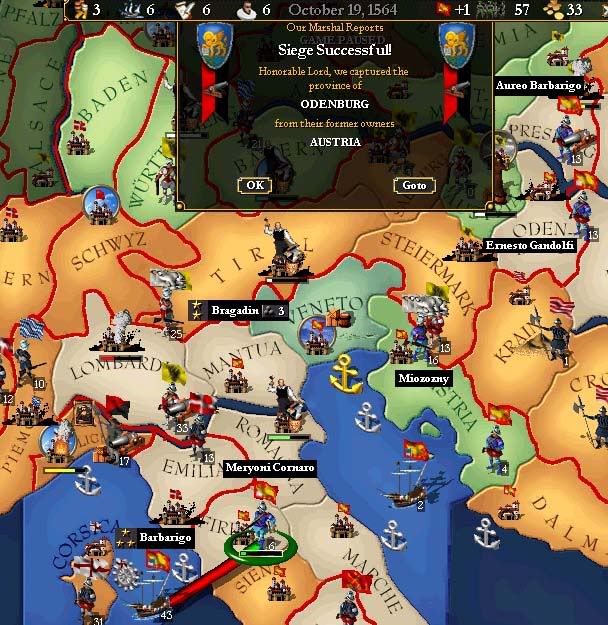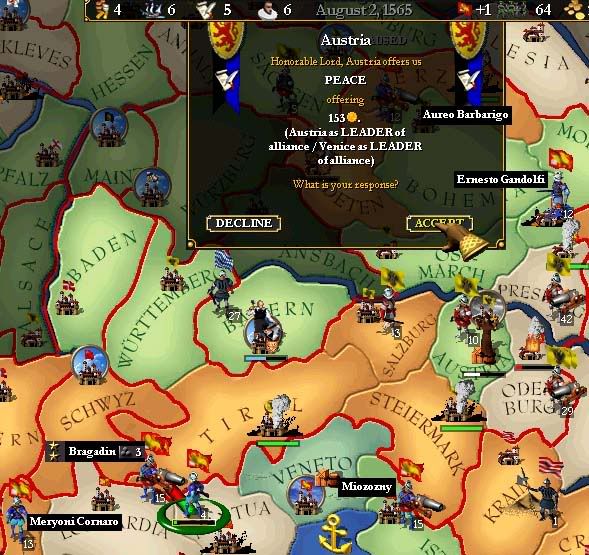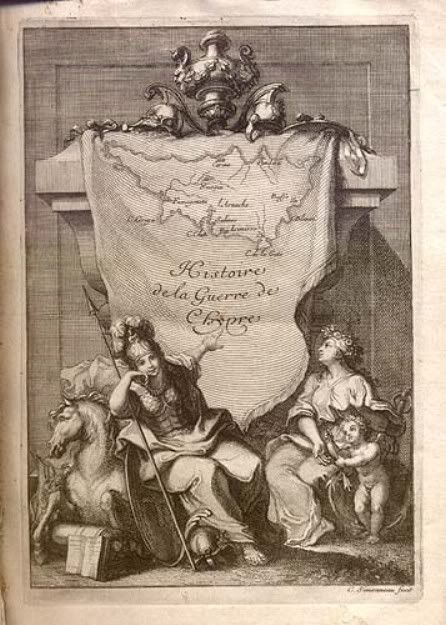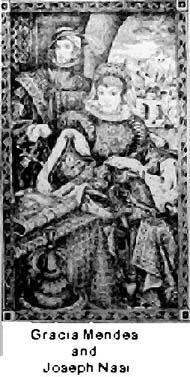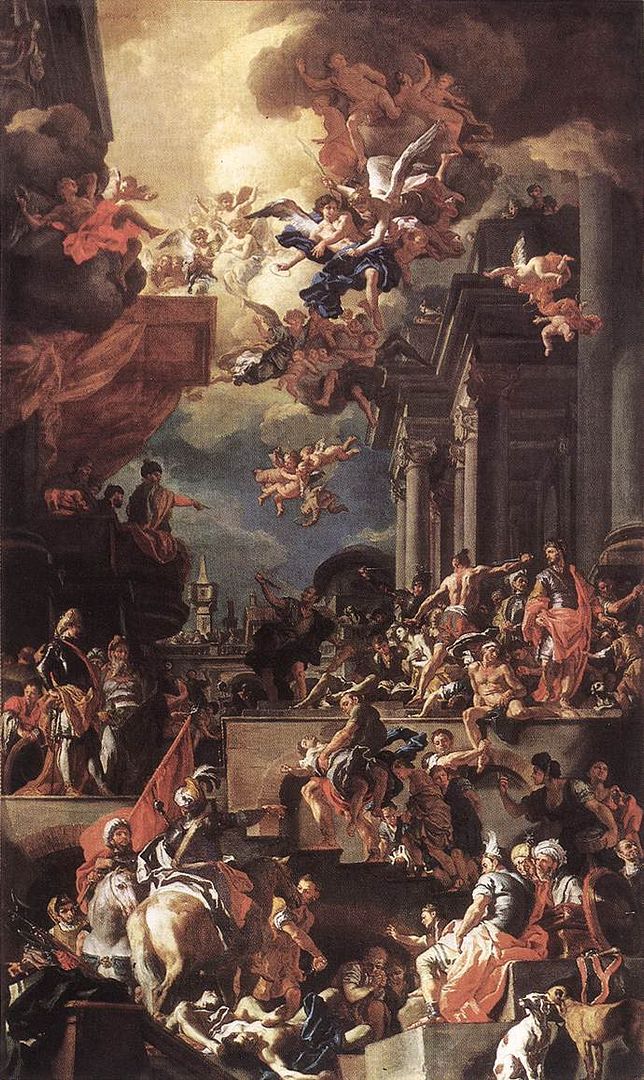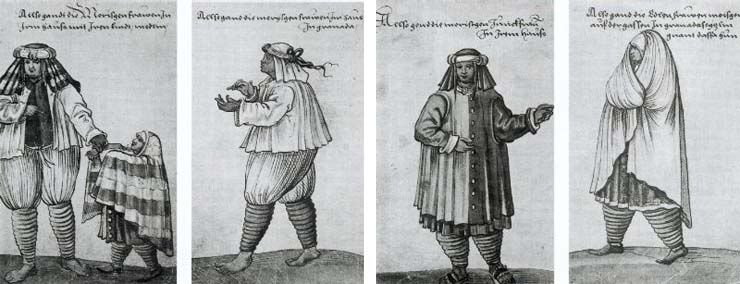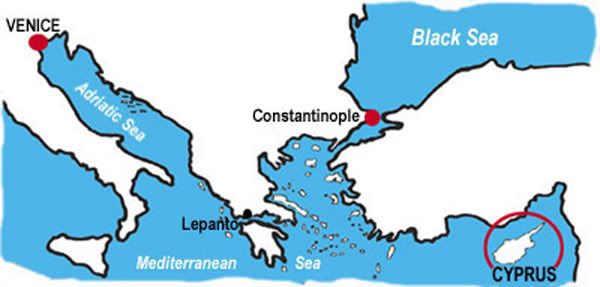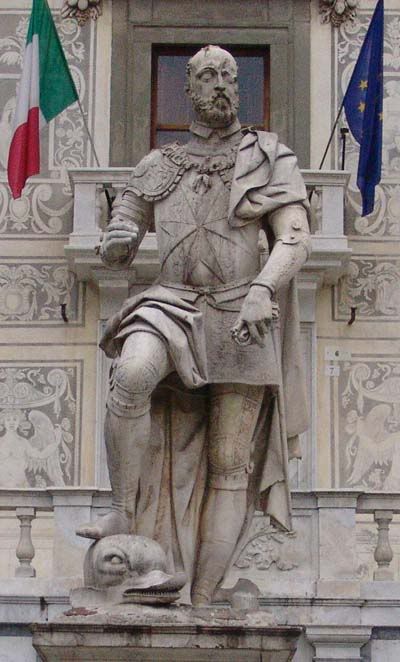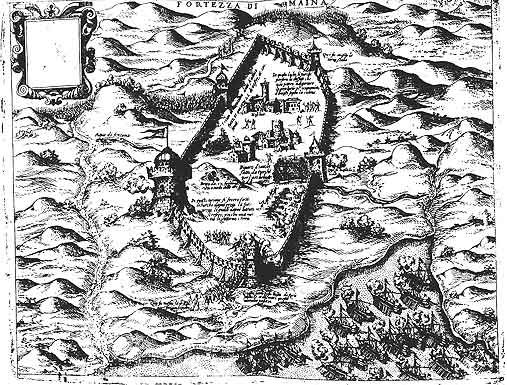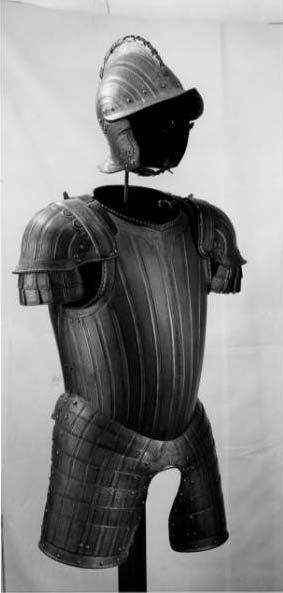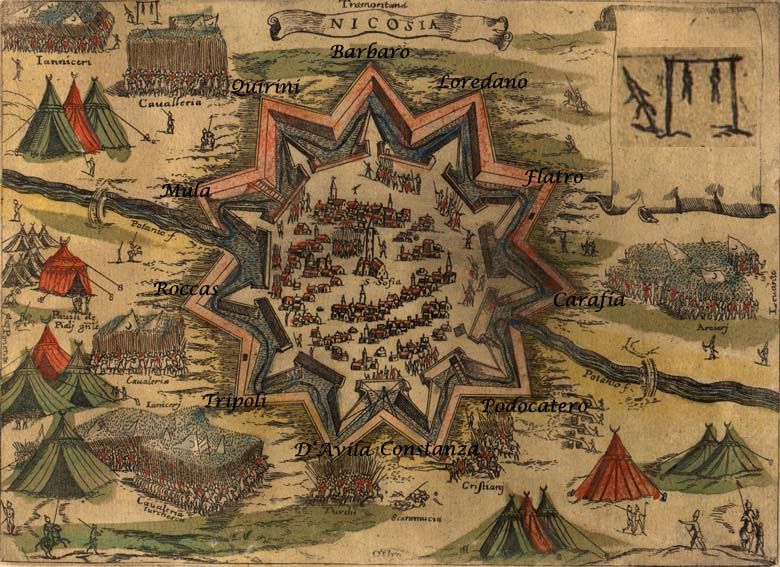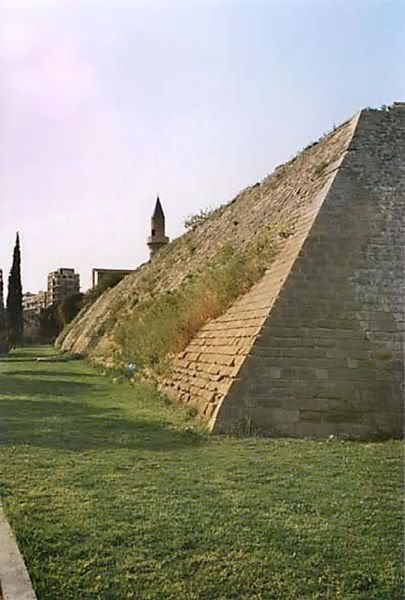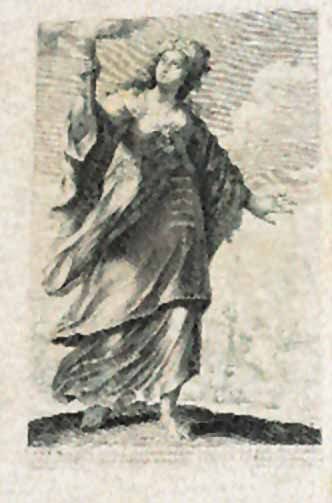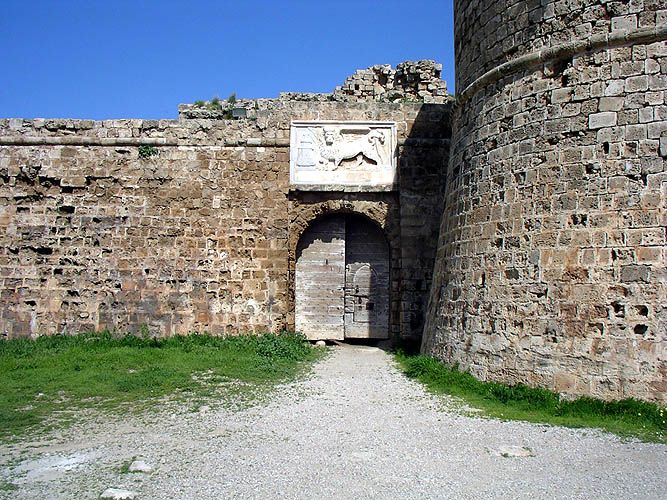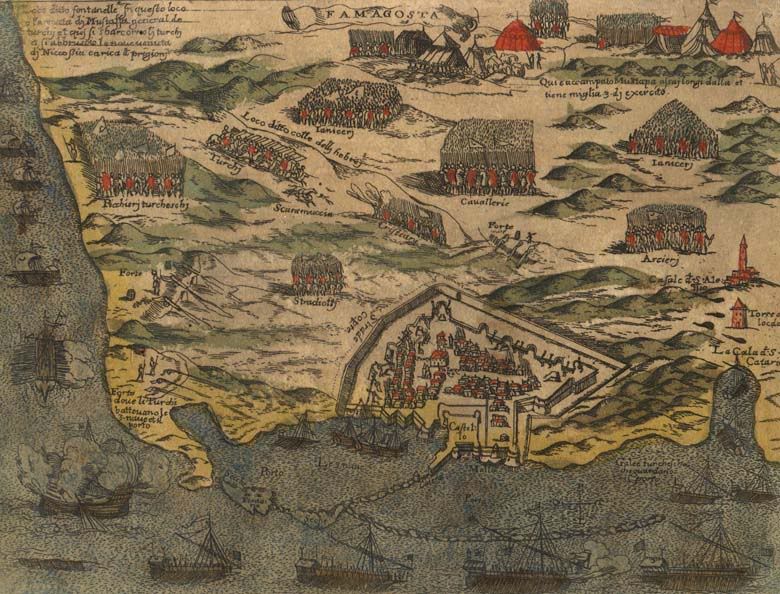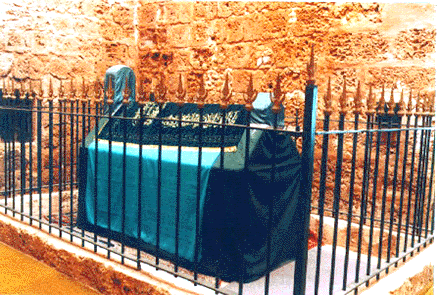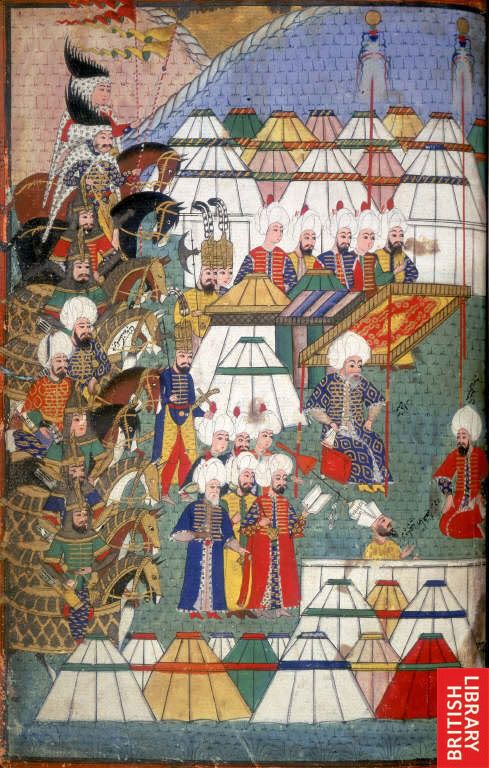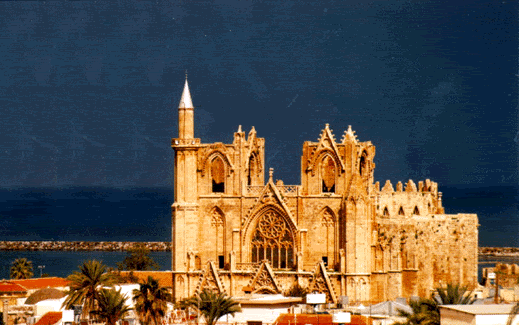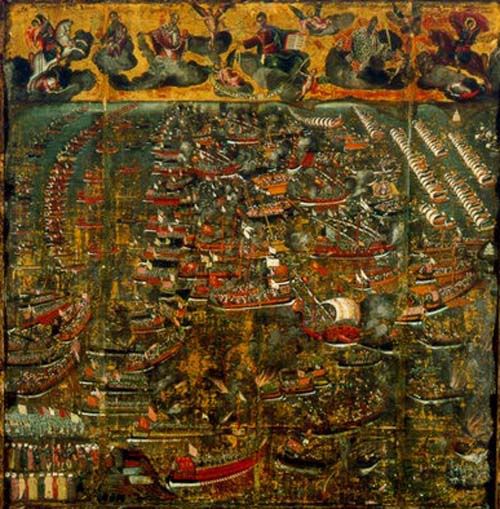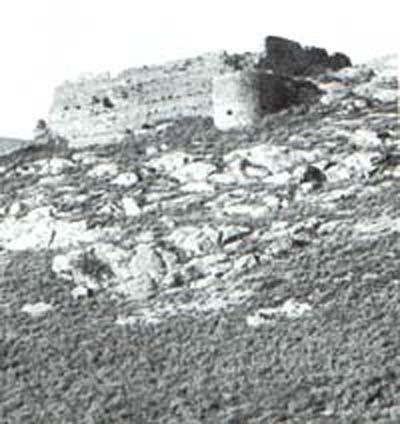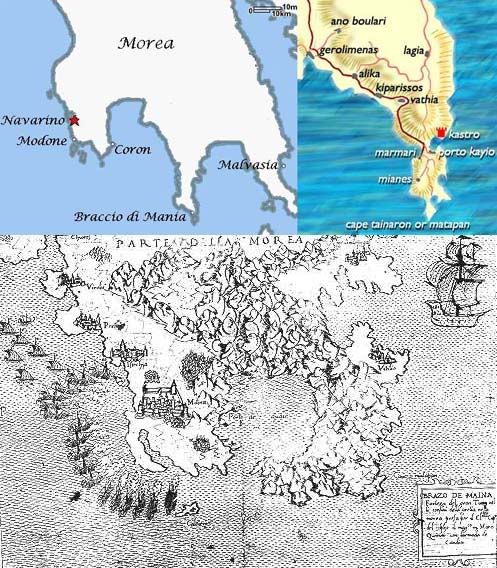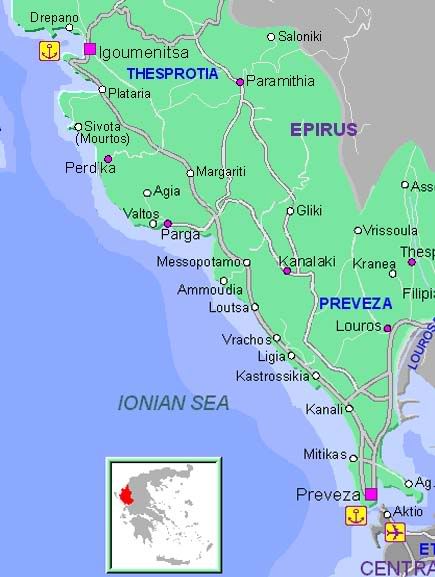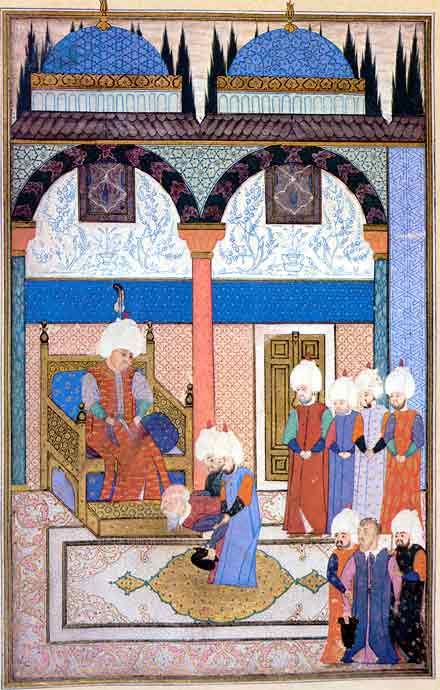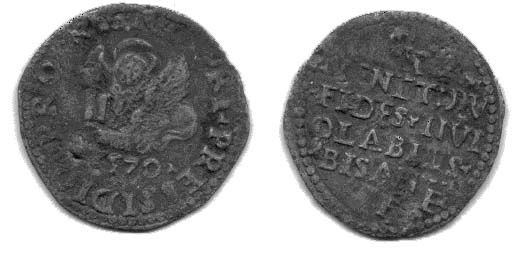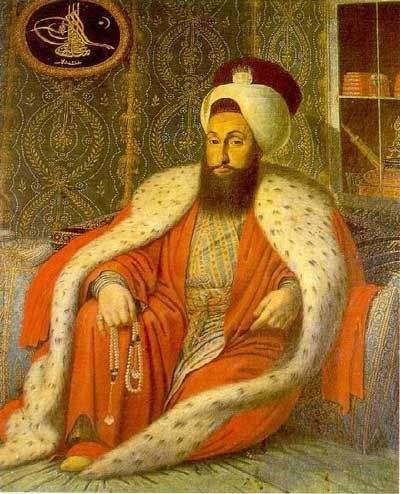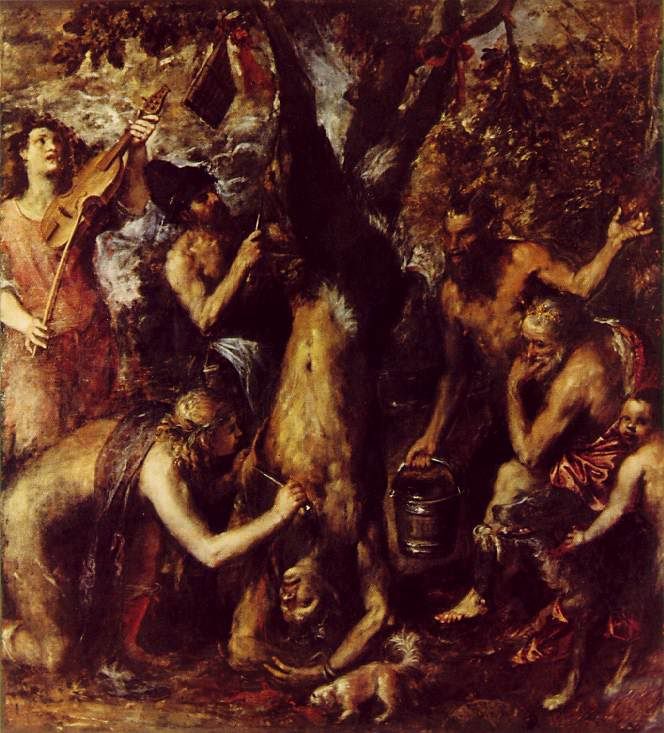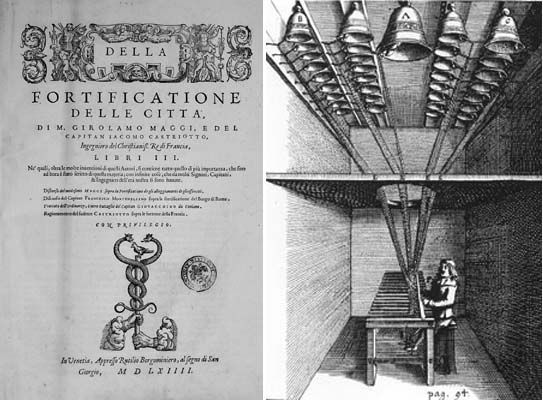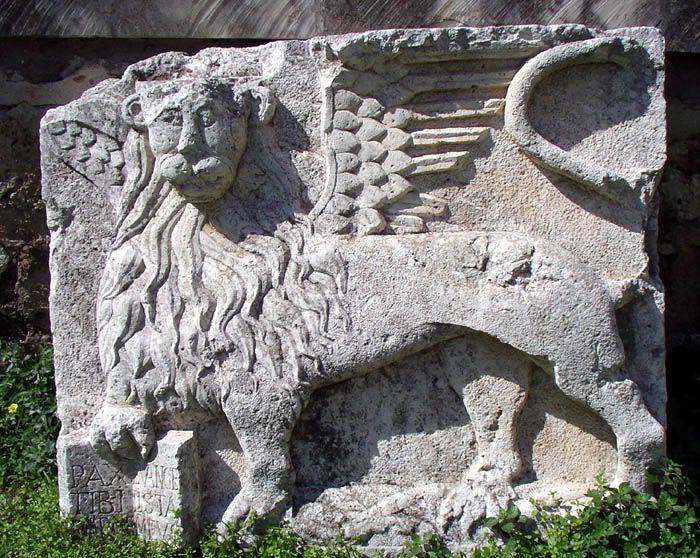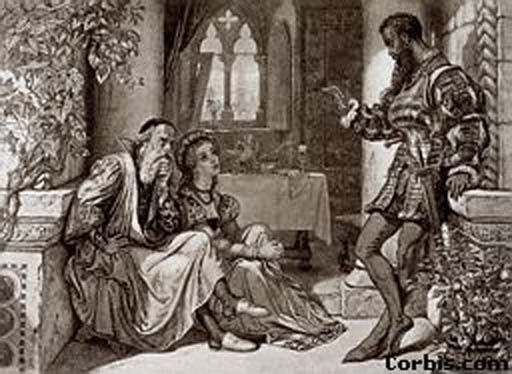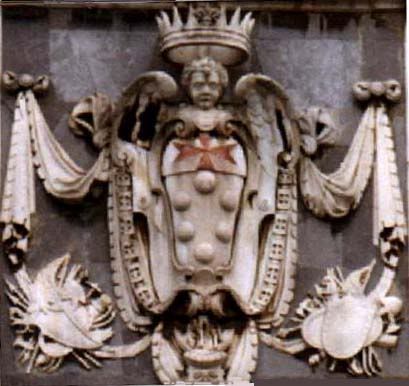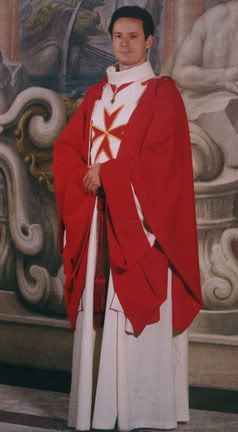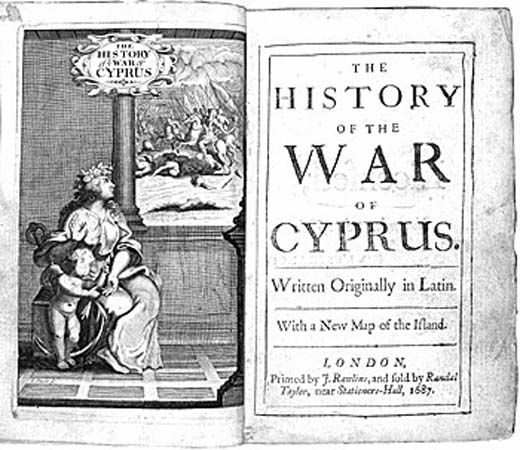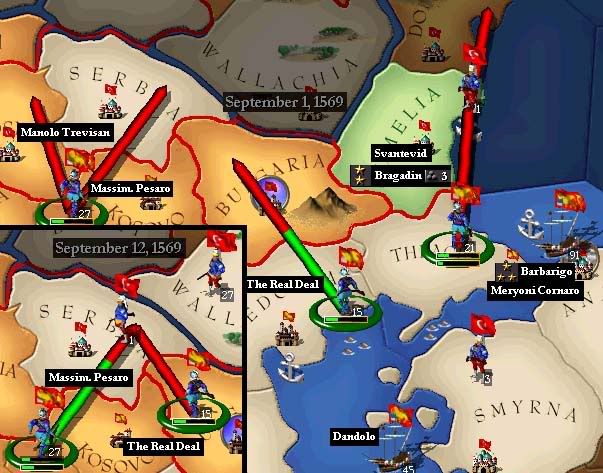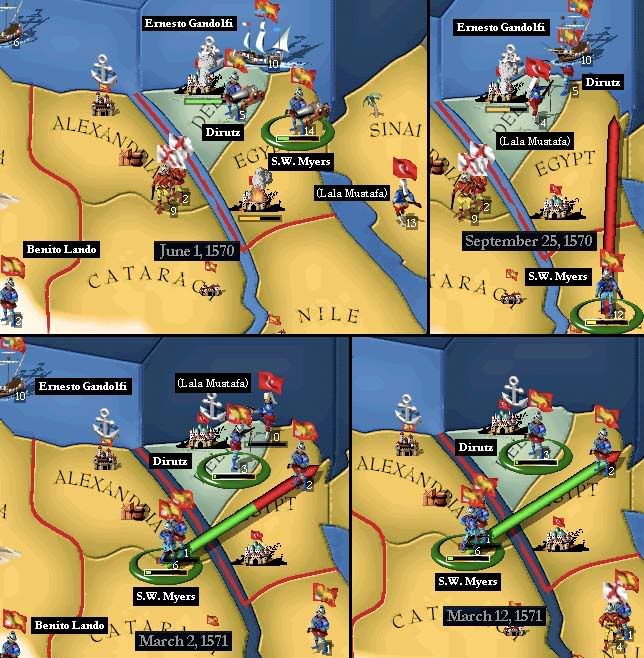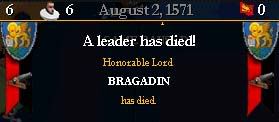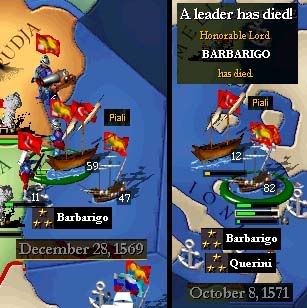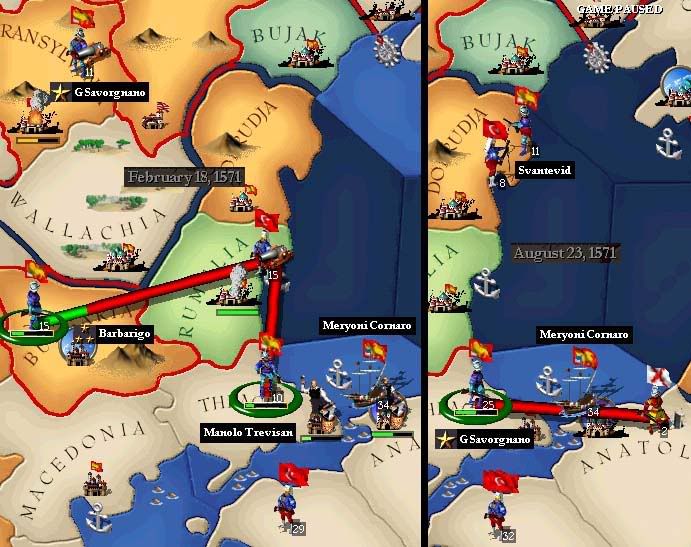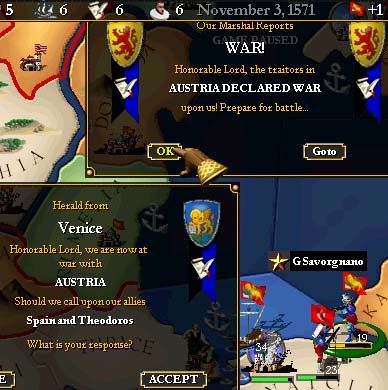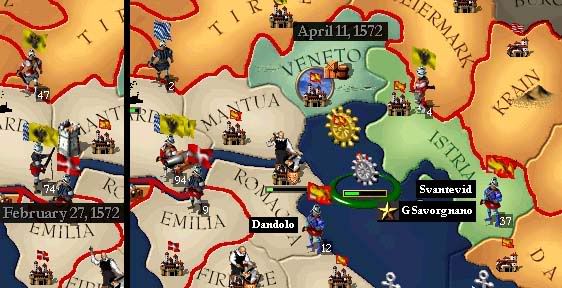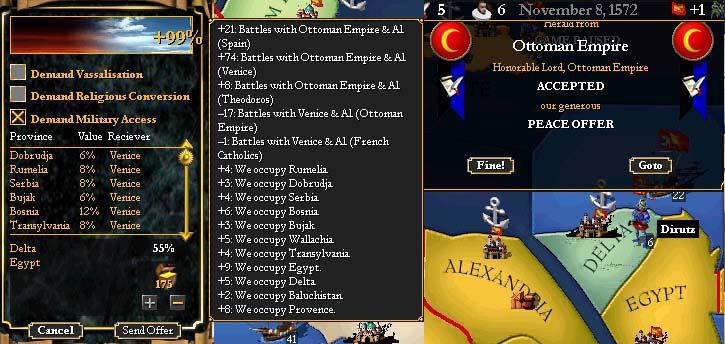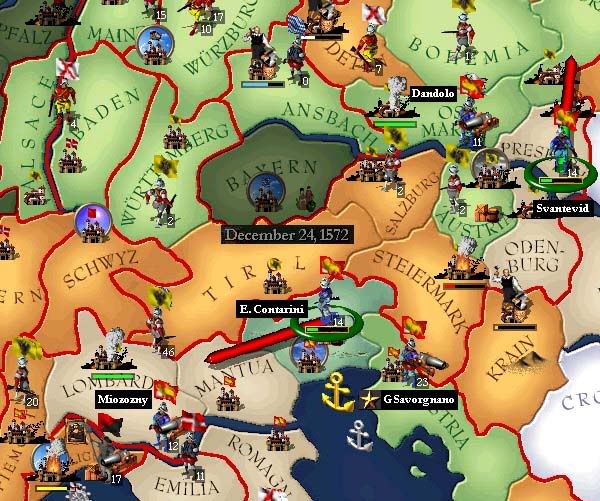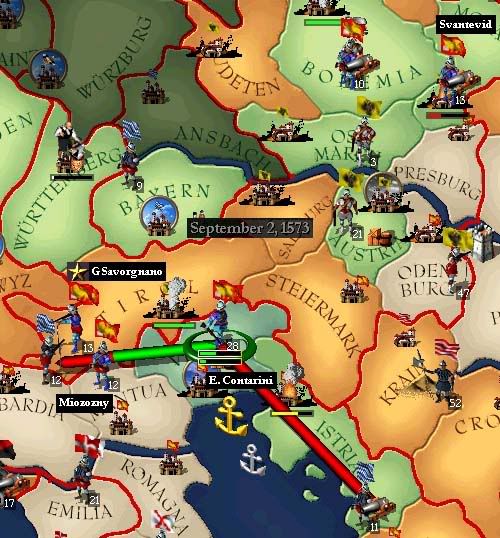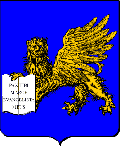
Capitano Generale Fodoroni supervised the loading of the last cannons. Everything was ready. The galleys started leaving the port of Galata to take advantage of the tide. Soon they were out in the gulf. From the dock Fodoroni contemplated the golden domes of St. Sophie. The Venetians had done a great job at restoring the magnificence of St. Sophie, the cathedral of Constantinople, that their ancestors had damaged during the infamous Fourth Crusade. Soon he saw the last galleys disappear from his view, and wished Major General Marcantonio Bragadino good luck.
Only himself and the Signoria knew their destination. Fleet commander Prussian King was probably now opening his secret orders. The rumor in Constantinople was that the fleet was going to Alexandria, to join the main fleet of Vice Admiral Agostino Barbarigo to confront the Ottoman navy commanded by Kapudan Piali Pasha. But that was precisely not their destination.
The Signoria had started to suspect that some senator from the Consiglio Maggiore was leaking information that was finding its way to the Porte, when Grand Vizier Mehmet Sokolli had activated the army and recruited 38,000 men in the Turkish provinces of Asia Minor just prior to the war. Perhaps he knew that the Venetians were getting ready for an offensive. Confirmation of being infiltrated came when the main source for Venetian intelligence on the Ottomans was discovered by the Porte. Cecilia Veniero, favourite of one of Suleyman's sons, had been executed in the terrible way destined for the women of the Seraglio that became pregnant from the princes not destined to inherit the throne. She was introduced in a sac with stones, that was sewed, and thrown into the Bosphorus. Her execution was not public, but between those that knew about it, was her uncle Sebastian Veniero, Capitano Generale della mar. He had sworn to avenge her death. Now they had very little information about what happened in the Ottoman Empire. Only the fleet stationed at Cyprus informs of any army movement between the former Ottoman lands and the new Egyptian provinces.
On board the capitana, the flagship galley, Marcantonio Bragadino opened his secret orders. They came directly from the Signoria. Not even the senators knew about them. His destination was not Egypt, not even Smyrna, that many senators wanted to rescue from Ottoman hands. His orders were to proceed to Bursa, conquer the city before Suleyman could arrive to its rescue, and search a certain room in the Topkapi palace. Easier said than done.

He took out his map to study the new situation. He reviewed the positions of the armies of the Serenissima. Massimo Pesaro was in Dalmatia, with 13k men, and orders to invade Bosnia and Serbia. Meryoni Cornaro and Francesco Morosini were in Thrace, with 10k men each and orders to invade Rumelia and Dobrudja respectively. King of Minors was in the lands of our vassal Bulgaria, with 11k men. He constituted the reserve, and was to support Pesaro or Cornaro, or invade Wallachia and Transylvania depending on the conditions.
Usually Insane and Arturo Gandolfi were in Kerch with 7k men each, and orders of invading Sochi and defend Kerch from the Crimean Tatars respectively.
Cristoforo Moro was on command of 9k cavalry, on board Rythin's fleet with orders to disembark in Smyrna and pillage the Turkish provinces, defeat small armies or support him as needed. And he had 17k men and 70 of the new high calibre cannons from the Arsenal, and now he new that his destination was Bursa in Anatolia. All the enemy armies were expected to come to the rescue of the Ottoman capital. All will come against him.
Vice Admiral Agostino Barbarigo was on command of the main fleet in Cyprus, 127 ships, of which 23 of the new warships and 89 galleys. His orders were to pin down Piali Pasha at the Gulf of Tobruk, and make sure that they did not depart the port of Alexandria to wreck havoc in the Venetian rear guard. The attack on Alexandria would have to wait.
He also expected Suleyman and all the Ottoman armies to come to attack him at Bursa, leaving Egypt undefended for the eventual attack.



